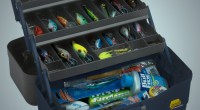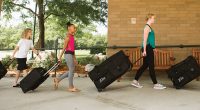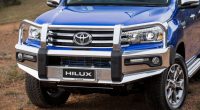Beneath the Board: How Skateboard Trucks Impact Your Riding Style
As a skateboarder, you already know that your skate will not be able to go very far without trucks. Ensuring they’re the right fit for your deck is the first crucial step. Discover all the essential factors to consider before purchasing these parts for your skateboard. When it comes to this topic, their size and the distinctions between low, high, and mid options are crucial factors to consider.
Skateboard trucks are composed of multiple parts, such as the base plate, hanger, kingpin, kingpin nut, bushings, and washers. The section where the wheels are connected is known as the axle. Speed rings serve as protective washers on the axle to prevent friction between bearings and the hanger or axle nut, ensuring their longevity and cleanliness.
Tips for Selecting the Ideal Skateboard Trucks
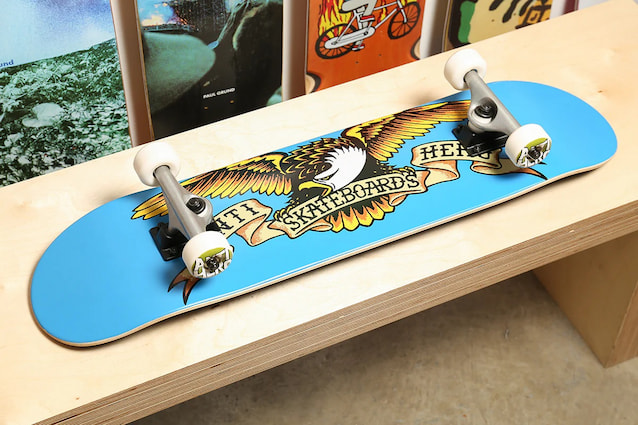
Aside from having a suitable deck, opting for a stable and resilient skateboard truck pair is a crucial decision for any aspiring rider. For those who are new to the topic, it can be challenging to navigate through the various sizes and descriptions to locate the desired item. Discover the basic terminology and features to look for before creating your perfect board.
Choosing the Correct Width
When determining the width of a skateboard truck, it is important to measure both the axle width (outer width) and the hanger width (inner width). Make sure they match the width of your skateboard. It is crucial to ensure that the width of the object is not significantly greater than that of the deck to prevent the centre of gravity from shifting to one side. This could impact flip tricks and influence the overall board feel. Having a deck that is slightly wider than your trucks is not an issue.
Skateboard trucks are typically identified by their inner width, also known as hanger width. Understanding truck sizes can be challenging due to the complexity of the manufacturer’s specifications. To simplify, it’s recommended to pay attention to the axle width.
Understanding the Height
It may seem like there is not much of a difference between high, mid/standard, and low skateboard trucks. Just like in many cases, the smaller details play a vital role. Your body height and the size of the wheels are crucial factors to consider. When a truck is taller, the tail needs to be pushed down more when popping.
In this situation, your deck functions like a lever. Due to the extended distance, the deck’s tail must travel before reaching the ground, the board’s angle will be significantly steeper. As a result, it is theoretically possible to achieve higher pop-offs. Taller individuals may find higher options practical as they can easily reach the ground with their long legs and sufficient power. Young skaters may struggle with a tall setup, so it’s recommended that children use low models.
Regrettably, there is no universal standard for the precise height of the different size labels utilised by truck manufacturers. Trucks from various manufacturers labelled as “high” may not have the same height. So just like it takes experience and some extra knowledge to find proper shoes, you also need to understand your skating style to nail the height of the parts you need for your board.
Truck Height and Wheels Recommendation
Low Trucks: 49-46 mm
A low skateboard truck is designed to have a lower profile compared to other types. As a result, the deck is positioned closer to the ground, which enhances the stability of your deck. Furthermore, lightweight options are also a benefit since they’re less likely to break if you do happen to take a tumble. Nevertheless, the likelihood of experiencing wheel bites is quite high, particularly on softer surfaces and when landings are not clean.
For better protection against wheel bites, experts suggest either pairing small wheels (50 mm or 51 mm) with low trucks or incorporating shock or riser pads into your skateboard setup. This will help you avoid any unwanted disruption in your ride caused by wheel bites.
Mid Trucks: 50-53 mm
Mid or standard models serve as a middle ground between low and high trucks, making them a versatile option for all types of skateboarding and for those who are indecisive. Skateboard wheels measuring between 52 mm and 56 mm are ideal for mid/standard options. This gives you more leeway in terms of wheel size, so you can choose a slightly larger or smaller option depending on your preference.
High Trucks: 53.5-58 mm
High models are indeed tall, which means that you are positioned a bit elevated from the ground. When you pop, the board has a steeper incline, which could help you ollie higher. Wheel bites are less likely to occur. Conversely, heavier trucks can make the board somewhat unstable because of the steeper angle when turning. Tall options are compatible with all types of wheels. For added safety, consider installing shock or riser pads when using larger wheels (57mm – 59mm).
Additional Steering and Troubleshooting Tips
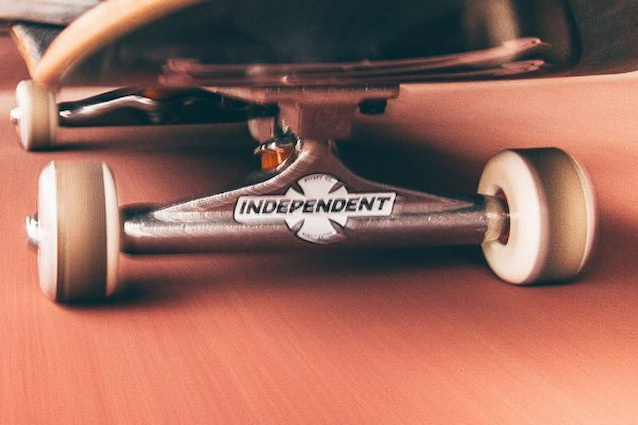
Adjusting the kingpin can help you control the turning of your board more effectively. One effective method is utilising a skate tool. Be cautious not to tighten the kingpin too much as it can damage the bushings. Avoid skating with overly loose trucks as it can make your board unstable and raise the chances of experiencing wheel bites.
Another option is to try out different bushings to change how the skateboard turns. You can find bushings in three varying levels of hardness: hard, medium, and soft. When using tapered or conical bushings, also known as Cone Bushings, the trucks become more responsive. On the other hand, flat bushings, also known as Barrel Bushings, make them less responsive but are more stable.

